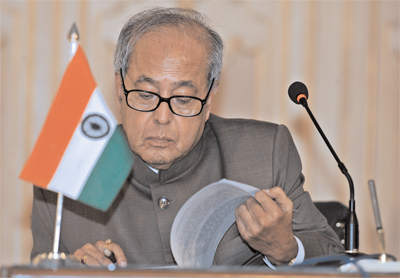
A Year of Contrasts: From space milestones and semiconductor breakthroughs to economic turbulence and climate calamities, India‘s story from August 2024 to August 2025 has been one of ambition tempered by reality. The challenge now is clear: translate scientific and strategic achievements into broad-based prosperity while safeguarding people against economic and environmental shocks. If India can bridge this gap, the road to its centenary of independence in 2047 will be far more secure and sustainable.
As India marched past its 78th Independence Day on August 15, 2024, it carried the momentum of an economy on the rise, a space program gaining global attention, and a rapidly digitizing society. Yet, the following year also brought sobering reminders of deep-rooted vulnerabilities-from economic turbulence to climate shocks.
The period between August 2024 and mid-2025 was marked by scientific breakthroughs, infrastructure gains, and diplomatic assertiveness-but also by economic strains, natural disasters, and policy challenges.
The Hits: Bright Spots in India’s Progress
Space Successes and Tech Ambitions
– ISRO achieved satellite docking in December 2024, making India the fourth country after the U.S., Russia, and China to master this complex capability.
– Preparations for Gaganyaan, India’s first human spaceflight, moved into final abort-test stages, strengthening India’s credentials in crewed space exploration.
– ISRO also intensified outreach programs, inspiring millions of students and predicting a Rs 40 lakh crore space economy capable of generating 3 crore jobs in coming decades.
Digital Leap and AI Leadership
– India led the world in Generative AI training enrollments in 2024-25, reflecting its drive to upskill youth for the future economy.
– The National Academic Depository pilot advanced secure digital credentialing, reducing document fraud and boosting employability.
Semiconductor Push and
Manufacturing Growth
– The government approved four semiconductor manufacturing projects worth Rs 4,594 crore in Odisha, Andhra Pradesh, and Punjab– part of India’s ambition to become a global chip hub.
– Defense Public Sector Undertakings (DPSUs), led by HAL, continued to build indigenous aerospace capability, cutting dependence on foreign suppliers.
Climate Action and
Sustainability Recognition
– Mission LiFE (Lifestyle for Environment) gained traction, promoting eco-friendly practices nationwide and earning international support.
– A women-led self-help group in Karnataka won the UN’s Equator Initiative Award for millet-based natural farming and biodiversity conservation, highlighting India’s grassroots climate leadership.
Strategic Diplomacy and Global Standing
– India deepened engagement with G20, BRICS, and Quad partners, using forums to push for tech cooperation, clean energy investment, and balanced global governance.
– Efforts to establish a global code of conduct against pilot poaching reflected India’s growing voice in international aviation policy.
The Misses: Setbacks and Challenges
Economic Strains and Market Volatility
– GDP growth slowed to 6.5% in FY 2024-25, the lowest in four years. While agriculture and construction performed well, manufacturing and job creation lagged.
– A stock market crash in mid-2025, fueled by global uncertainty and foreign fund withdrawals, shook investor confidence and triggered government intervention.
Climate Disasters and Resource Stress
– The 2024 monsoon floods affected over 7.7 million people and caused nearly 1,900 deaths across multiple states.
– A record heatwave (April-July 2025), with temperatures soaring to 48°C, led to over 450 deaths, crop failures, and severe water stress.
Diplomatic and Trade Frictions
– India-Canada tensions deepened over allegations in the Nijjar case.
– India-U.S. trade relations soured, with Washington imposing a 25% duty on Indian imports-prompting India to lean further into partnerships with BRICS, Russia, and China.
Innovation and Skills Gaps
– Despite leading the world in AI course enrollments, India still faces a critical skill gap-too few workers are industry-ready in advanced technology fields.
– India continues to lag in creating homegrown global tech giants, with systemic hurdles in R\&D investment, venture capital access, and commercialization.
Social and Governance Concerns
– Organ donation rates remained far below potential, with institutions like KGMU performing only 29 cadaveric transplants despite capacity for 50 annually, revealing structural and cultural challenges.
– Persistent wealth inequality and youth unemployment dampened the benefits of headline economic growth.
Looking Ahead: Lessons from a Mixed Year
India’s year since Independence Day 2024 showcases a nation in rapid transition-capable of reaching the Moon and preparing for human spaceflight, yet vulnerable to economic shocks and climate extremes.
To sustain momentum and avoid future setbacks, India must:
– Close the skills gap by aligning education with industry needs in AI, robotics, and semiconductor manufacturing.
– Diversify the economy, boosting manufacturing while ensuring rural development.
– Invest in climate resilience, including heat-resistant infrastructure, urban water management, and disaster preparedness.
– Strengthen global trade diplomacy to prevent tariff disputes and maintain investor confidence.
– Build inclusive social systems, ensuring the benefits of growth reach every section of society.





Be the first to comment